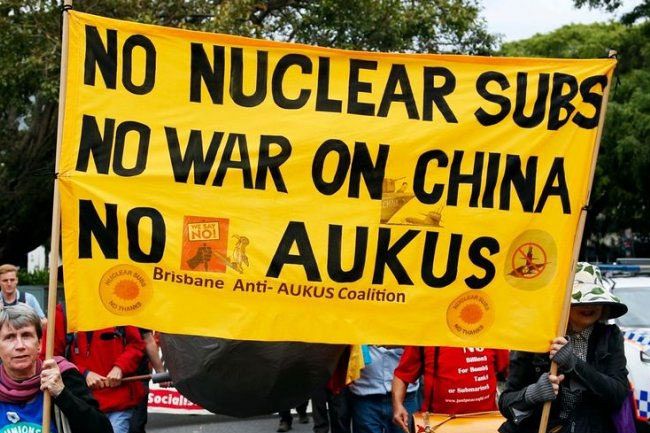Pacific Allies Face Pressure to Boost Military Budgets
Pacific Rim countries share more than a coastline along the vast, tranquil Pacific Ocean. They share a common struggle as the United States pushes its allies to boost military spending to unprecedented levels. This pressure comes at a time when communities are grappling with urgent social needs and the climate crisis. The question many are now asking is: At what cost and for whose benefit?
U.S. Demands 5% GDP Defense Spending from Allies
The U.S. has called on Pacific Rim allies to increase their military spending to 5% of GDP. Defense Secretary Peter Hegseth recently made this demand at the Singapore Defence Summit, citing a “possibly imminent threat” from China. The focus, he said, is on deterring aggression by China and maintaining U.S. dominance in the region.
The Economic Toll of Escalating Defense Budgets
Meeting this demand would be economically staggering. South Korea would need to double its defense spending from 2.6% to 5% of GDP. Japan would have to triple its military budget. Australia would see a two-and-a-half times increase, while the Philippines would need a fourfold rise. All this would mean slashing funds for healthcare, education, and climate initiatives.
Whose Security Is Actually Being Prioritized?
What’s driving this push? Many believe it’s not security for Pacific nations but the U.S. strategy to contain China and secure its own interests. Across the Pacific, people are questioning why they should sacrifice social well-being for a war they don’t want.
Expanding U.S. Military Footprint in the Region
The U.S. military footprint is already massive. South Korea hosts nearly 30,000 U.S. troops. Japan has 57,000, including 20,000 on Okinawa. The Philippines has four U.S. bases. Guam is heavily militarized, home to thousands of U.S. personnel and major naval and air bases described as a “permanent aircraft carrier.”
Australia’s Deepening Military Ties with the U.S.
In Australia, the U.S. has secured open access to ports and airfields. B-52 bombers, some nuclear-capable, are stationed in the Northern Territory. The nation also hosts massive facilities for nuclear subs and U.S. war operations. This deep entanglement raises hard questions about sovereignty and priorities.
Peace Activists Push Back Against Militarization
The Pacific Peace Network, with World Beyond War, has launched a campaign to resist this militarization. The campaign calls on governments to refuse participation in U.S.-China war preparations, declare neutrality, and block use of their territories for combat operations. The petition reflects the growing desire for peace and regional independence.
A Choice Between War and the Future
This is a historic moment for Pacific Rim countries to assert that they do not need — nor want — a devastating conflict that could destroy economies, societies, and the environment. The people’s voice is clear: No to war. No to sacrificing our future for someone else’s battles.






